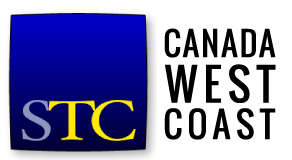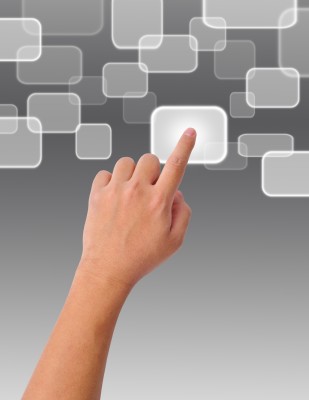This is the first in what I hope is a series of articles about Electronic Publishing (EPUB).
What is the difference between an ebook and a regular book? In her book, “EPUB Straight to the Point: Creating ebooks for the Apple iPad and other ereaders,” Elizabeth Castro talks about how ebooks and print books overlap and diverge.
- Static vs. Dynamic: Ebooks can be quickly updated, but printed books only infrequently. A printed book cannot change its appearance, but the reader can change an ebook’s font size, text size and sometimes the colour of the text and the background. One of the beauties of the ebook is that it flows the text to fit whatever screen it is on, no matter what the size.
- Searchability: In a print book, you can consult a table of contents and then move to a desired section. In an ebook , you can access the table of contents from any page and you will find links in the text to other sections of the book or even to related websites.
- Sharing: A fun thing to do with a book is to share it—easy with a printed book—impossible with most ereaders. Some allow you to highlight passages and make notes but you can’t share them. The Barnes and Noble Nook will allow you to share entire books with friends but only one at a time with one person.
- Copy protection: The EPUB format allows for Digital Rights Management (DRM) encryption. This means that only authorized users can read the book on only one specific ereader. Printed books have no such restrictions.
- Buying books: Part of the attraction with ebooks is the instant gratification of reading a book you want by pressing a button. You can order a printed book online, but you have to pay the shipping charge and wait several days before you can start reading.
In following articles, I will be exploring what EPUB is, its history, and some of its formatting.


Hi Simon,
Thanks for posting that article. I wrote a series of articles about EPUB files on my web site:
http://www.robertdesprez.com/2013/05/24/controlling-alignment-and-orphans-in-an-epub-file/
and
http://www.robertdesprez.com/2013/04/05/controlling-page-breaks-in-an-epub-file/
I also spoke about formatting EPUB files at the STC Canada West Chapter in July 2013.